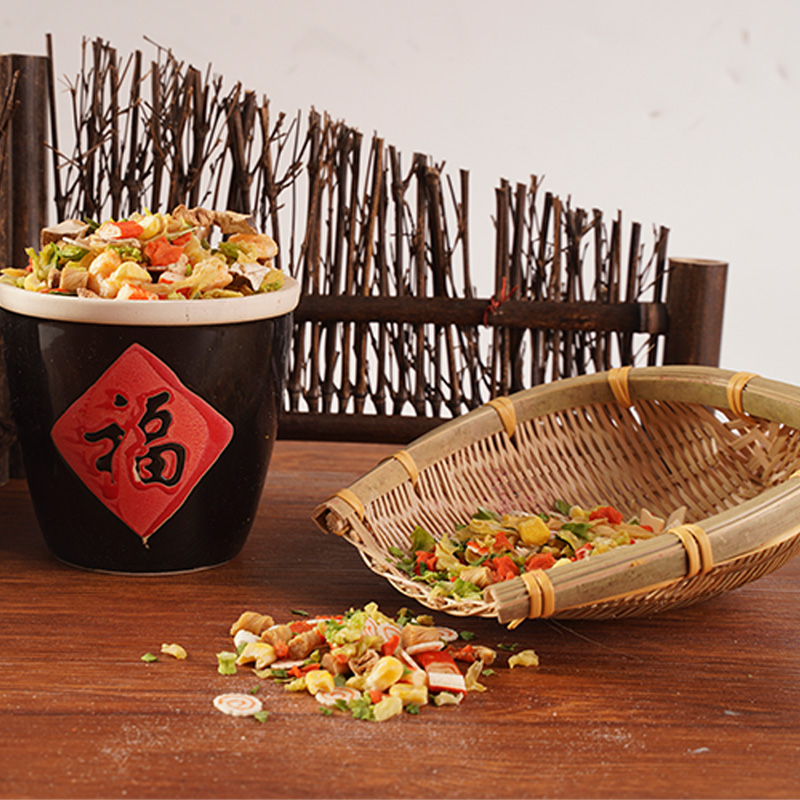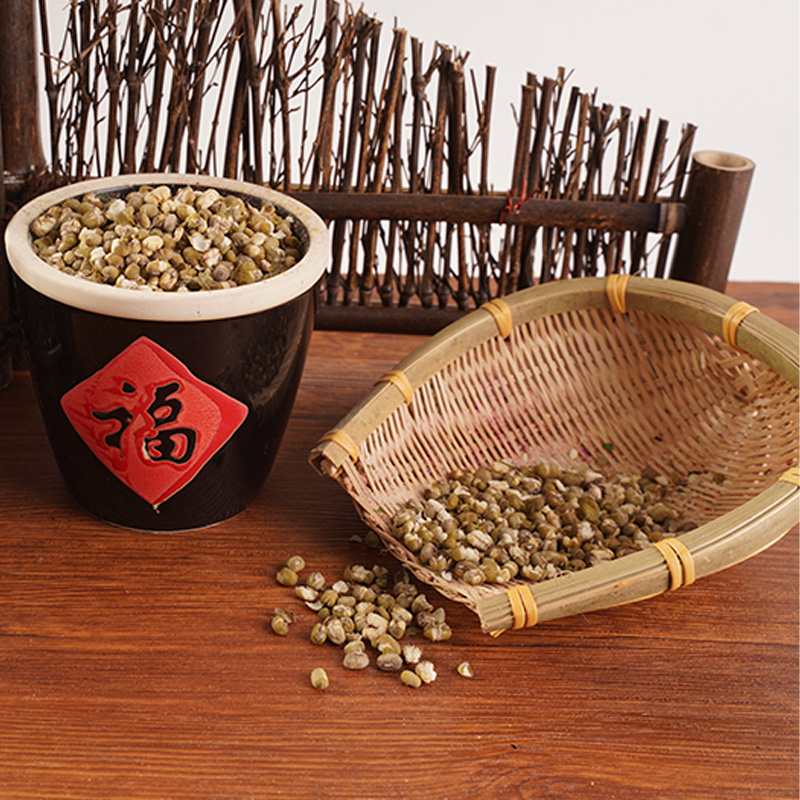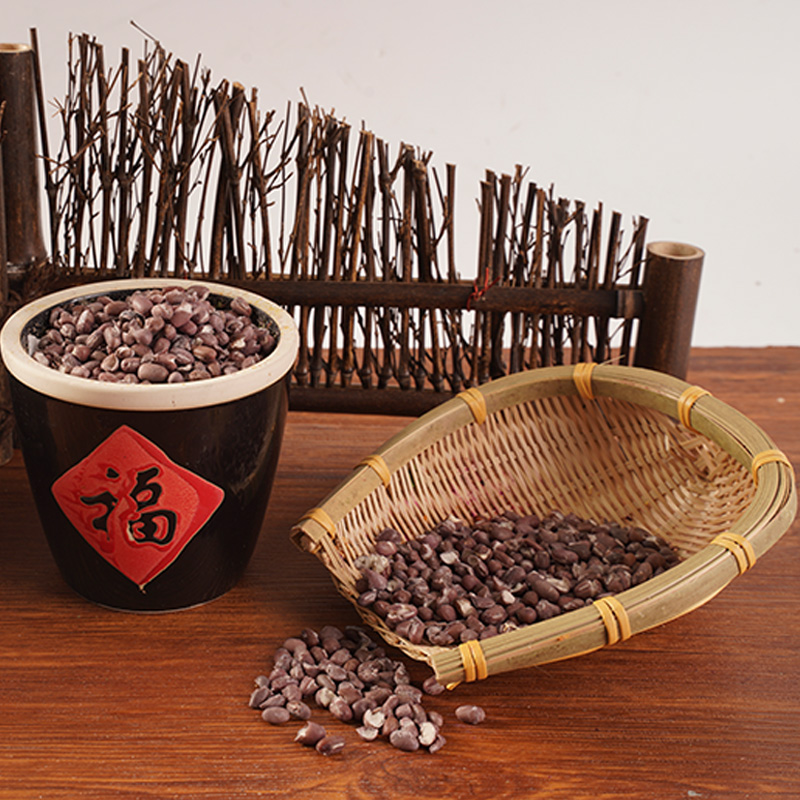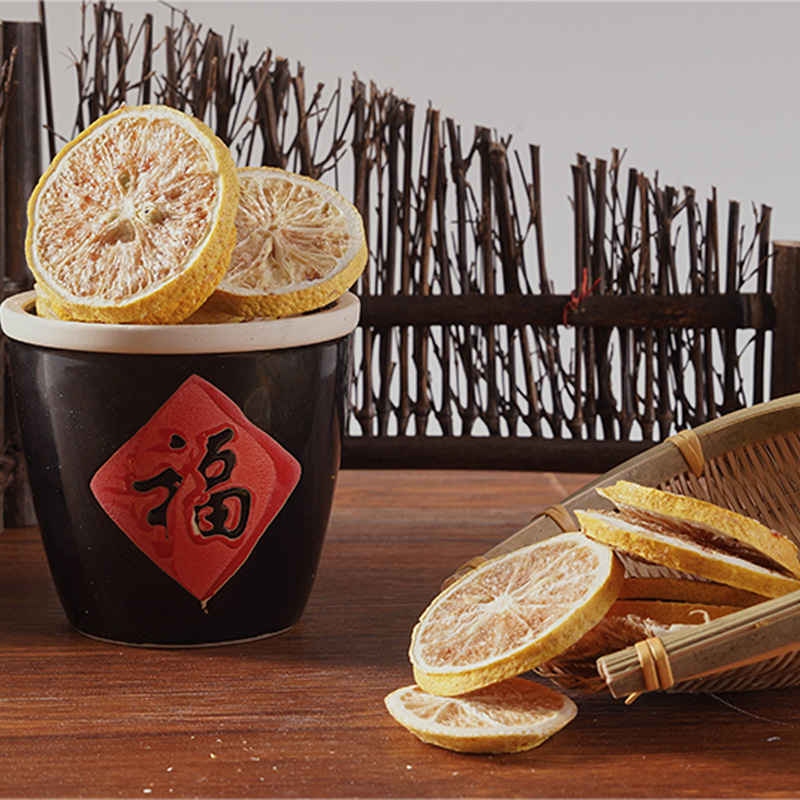How Can You Properly Store Dehydrated Vegetables to Maximize Shelf Life?
Dehydrated vegetables are a powerhouse of convenience and nutrition, offering concentrated flavors and essential vitamins long after the harvest. But improper storage can turn this pantry gold into a disappointing, flavorless, or even spoiled product. Understanding the core principles of preservation is key to maximizing their shelf life and retaining quality.
The Enemies of Longevity: Moisture, Air, Light, and Heat
The dehydration process removes water, the primary catalyst for spoilage and microbial growth. However, dehydrated vegetables become highly hygroscopic – meaning they eagerly reabsorb moisture from the air. This regained moisture creates an environment where bacteria, mold, and yeast can thrive, leading to spoilage and potential food safety risks. Oxygen exposure accelerates oxidative rancidity, degrading fats and destroying vitamins (like A and C) and vibrant colors. Light, especially UV rays, further degrades nutrients and color, while heat speeds up all these detrimental chemical reactions.
The Pillars of Proper Storage
Achieve Complete Dryness First: This is non-negotiable. Vegetables must be thoroughly dehydrated – crisp and brittle – before storage. Any residual moisture trapped inside will migrate and spoil the entire batch. Follow tested dehydration times and temperatures for each vegetable type. Cool completely to room temperature before packing.
Choose Impermeable Containers:
Glass Jars (Mason Jars): Excellent for short-to-medium term storage (6-12 months) in stable home pantries. Impervious to gases and moisture. Ensure airtight seals with new lids.
Food-Grade Plastic Buckets (with Gamma Seal Lids): Great for bulk storage. Must be food-grade HDPE (High-Density Polyethylene).
Mylar Bags: The gold standard for long-term storage (1 year+). These metallized polyester bags provide an exceptional barrier against moisture, oxygen, and light. Crucial when paired with oxygen absorbers.
Vacuum-Sealed Bags: Effective for removing air, but standard plastic bags are often permeable to oxygen over time. Use thicker, barrier bags designed for long-term storage if possible.
Avoid: Paper bags, cardboard boxes, or thin plastic bags. They offer virtually no protection.
Eliminate Oxygen: Oxygen is a primary destroyer. Use oxygen absorbers sized correctly for your container volume.
How They Work: Absorbers contain iron powder that rusts (oxidizes), chemically binding oxygen molecules.
Sizing: Use absorbers appropriate for the container's volume (e.g., a common 300cc absorber is suitable for a 1-quart jar or Mylar bag).
Activation: Insert absorbers immediately after filling the container and seal tightly right away. They begin working upon exposure to air.
Vacuum Sealing: While effective initially, it doesn't chemically remove oxygen and seals can potentially leak over very long periods. Using an oxygen absorber inside a vacuum-sealed bag offers maximum protection.
Control Temperature and Light: Store containers in a cool, dark place. Ideal temperatures are consistently below 60°F (15°C), with 50°F (10°C) or lower being optimal. A dark basement, cool pantry closet, or interior cupboard away from ovens or sunlight are prime locations. Avoid garages or attics where temperatures fluctuate wildly.
Label Rigorously: Always label containers with the contents and the packing date. This is crucial for rotation and knowing when to prioritize usage.
Realistic Shelf Life and Quality Expectations
When stored optimally (completely dry, in oxygen-free Mylar bags with absorbers, in a cool, dark place), most dehydrated vegetables can maintain good quality for 1-2 years or more, and remain safe for consumption significantly longer. Stored in glass jars with absorbers in a pantry, expect excellent quality for 6-12 months.
Important Note: While properly stored dehydrated vegetables remain safe for extended periods, their quality gradually declines. Flavor, color, and nutritional value (especially heat and light-sensitive vitamins) will slowly diminish over time. They won't suddenly "go bad" on an exact date, but their peak quality has a finite window.
Dehydrating vegetables requires time and energy. Protecting that investment through science-backed storage ensures you reap the rewards: vibrant flavors for soups, stews, and casseroles; nutritious additions to trail mixes and baked goods; and a reliable, shelf-stable food source for camping trips or emergency preparedness. By rigorously controlling moisture, oxygen, light, and heat, you unlock the true long-term potential of your dehydrated vegetables.
By adhering to these fundamental principles – prioritizing dryness, selecting the right barrier containers, aggressively eliminating oxygen, and maintaining cool, dark conditions – you transform dehydrated vegetables from a seasonal treat into a durable, year-round staple, minimizing waste and maximizing both nutrition and culinary enjoyment.
News Category
- Company News(1)
- Industry News(68)



 English
English русский
русский 日本語
日本語 한국어
한국어 中文简体
中文简体












